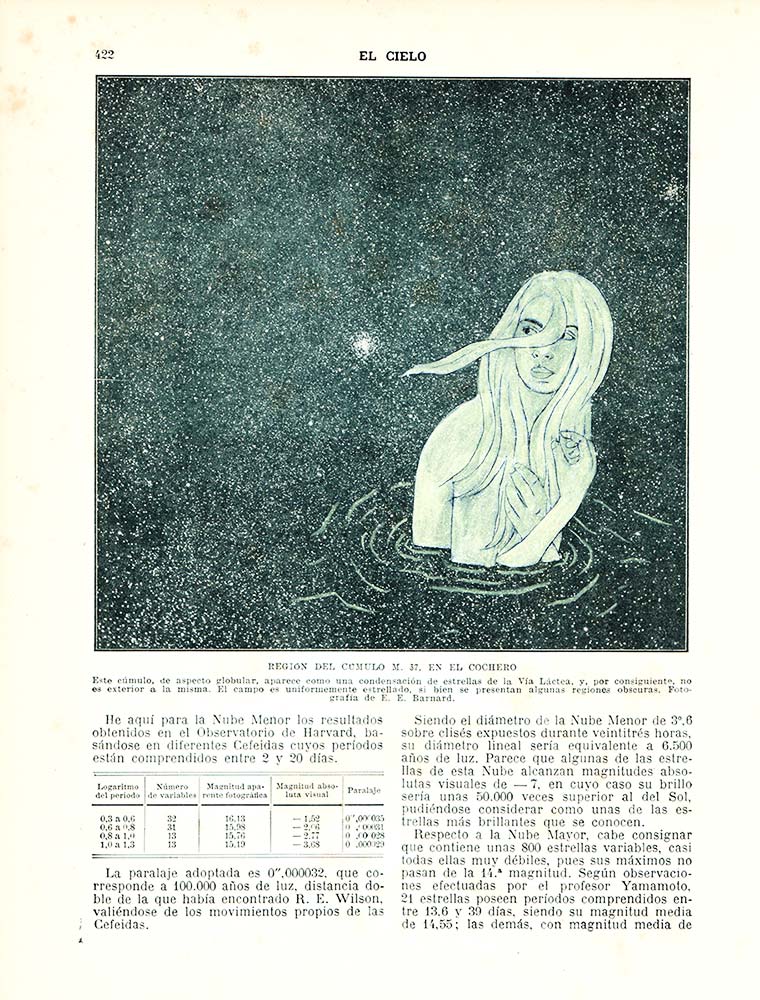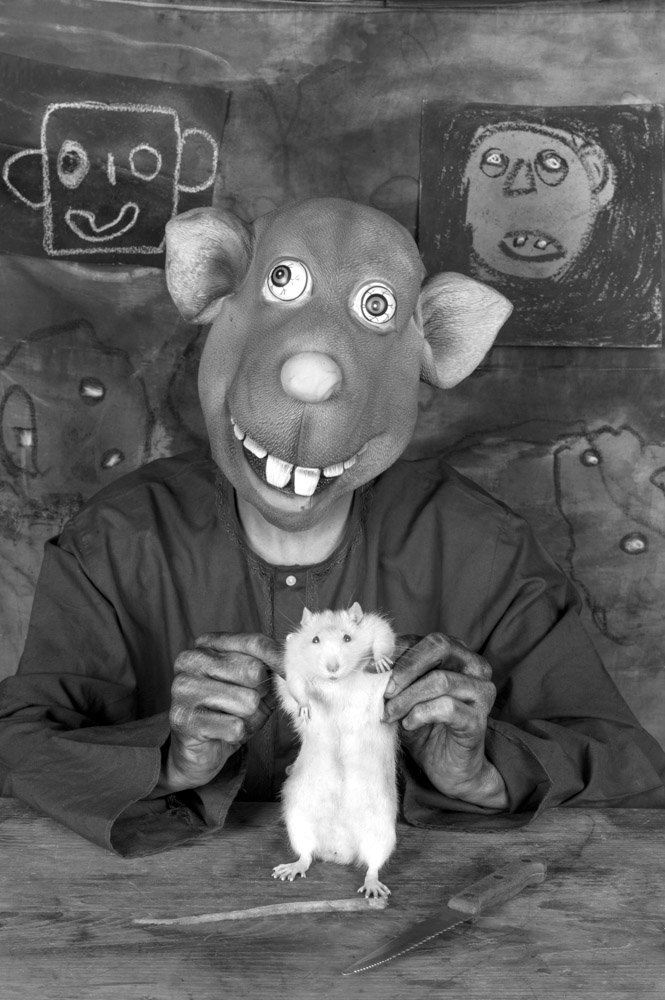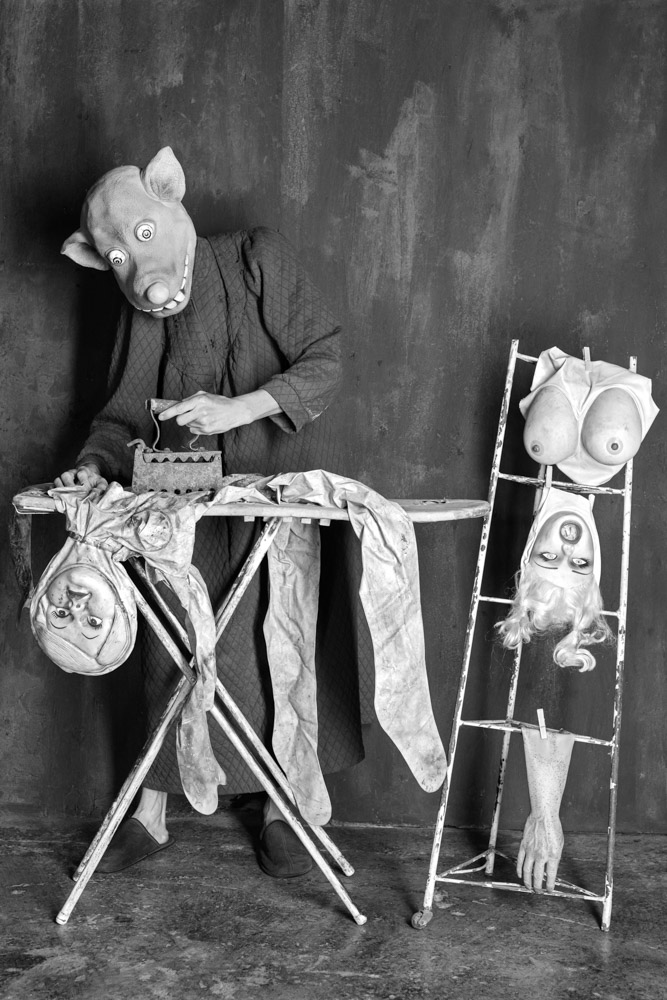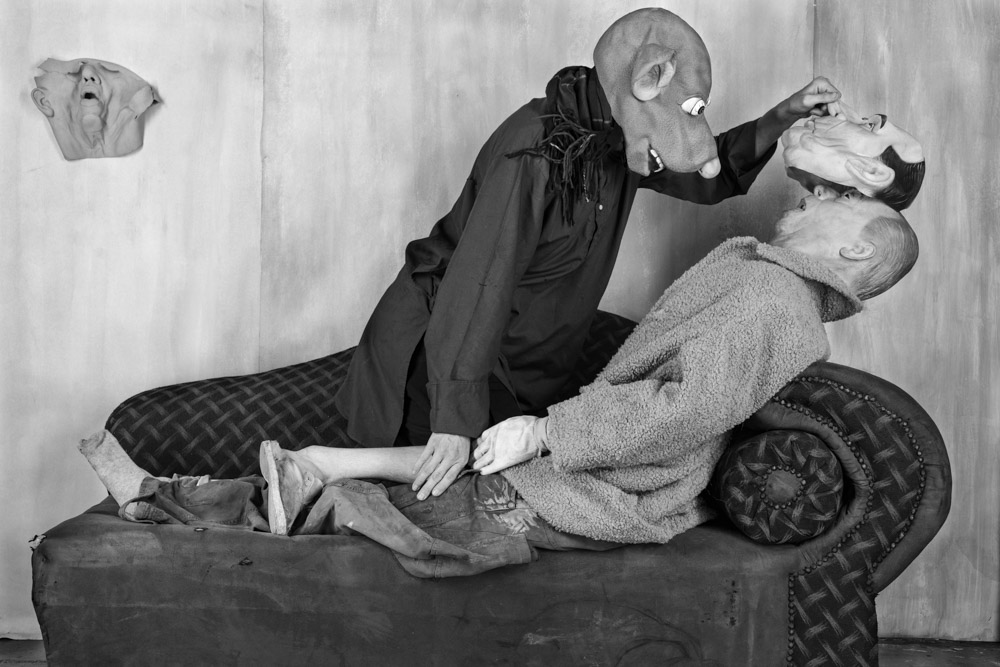- No products in the cart.
Claudio Correa presents “Disolvencia” in LAB 36
A club that brings together a social body withdrawing out any difference between its parts, a shirt that is used as an identity flag and combat armor, a color that can determine in advance the victorious or defeated destiny of a family and its future generations, a shield that appeals to a legacy by adoption, a stadium that becomes a shared home, a star player on whom the longings for transcendence and the frustrations of denied dreams are projected.
As it happens within other rites of social communion, such as politics or religion, soccer is one of the few phenomena in contemporary societies that manages to elevate passions to the degree of fanaticism. Its protagonists become projections reified by the public and are reduced to mere idealized images, depersonalized and extracted from their own bodies to turn them into immaterial images that serve as vehicles for the collective consciousness. In the logic of the celebrity of spectacular society, the player is now more than an athlete – and the team becomes more than a club – who takes on the function of representing the wishes of being praised as a deity or slighted as a scapegoat, depending on the game circumstances which swings of the public’s mood or the result of the competition.
In “Disolvencia”, Claudio Correa presents a series of works that appeal with an ironic gesture to the relationship that is intertwined between the sport ecstasy, the reduction of the celebrity to its idealized image and the criticism of mass culture in our contemporary society. Effervescent tablets on which the faces of iconic football characters have been engraved – legends such as Lionel Messi, Diego Armando Maradona, Gerard Piqué or Cristiano Ronaldo – are dissolved in water and simulate the sound emanating from the frenzy of the public who shouts in unison a goal or the victory of their team to slowly melt into the whole. These tablets are contrasted by a medal of the winged goddess of victory Nike that echoes with the military decorations given during the Chilean dictatorship to civilians and military with the legend of “Mission Accomplished” as recognition for performing “distinguished services”. In this case, the medal rewards the athletes chosen for their ability to maintain that idealized figure at every moment of their crusade in front of the acid gaze of the scrupulous spectator.
With an incisive humorous tone, Correa establishes a critique of the dynamisms of identification and multitudinous communion that emerge in our societies in the face of the mechanisms of deactivation of the masses, such as the virtualization of social relations in our current pandemic condition.
Text : Cristina Sandoval
More info : http://lab36.org/en/home/

































































































